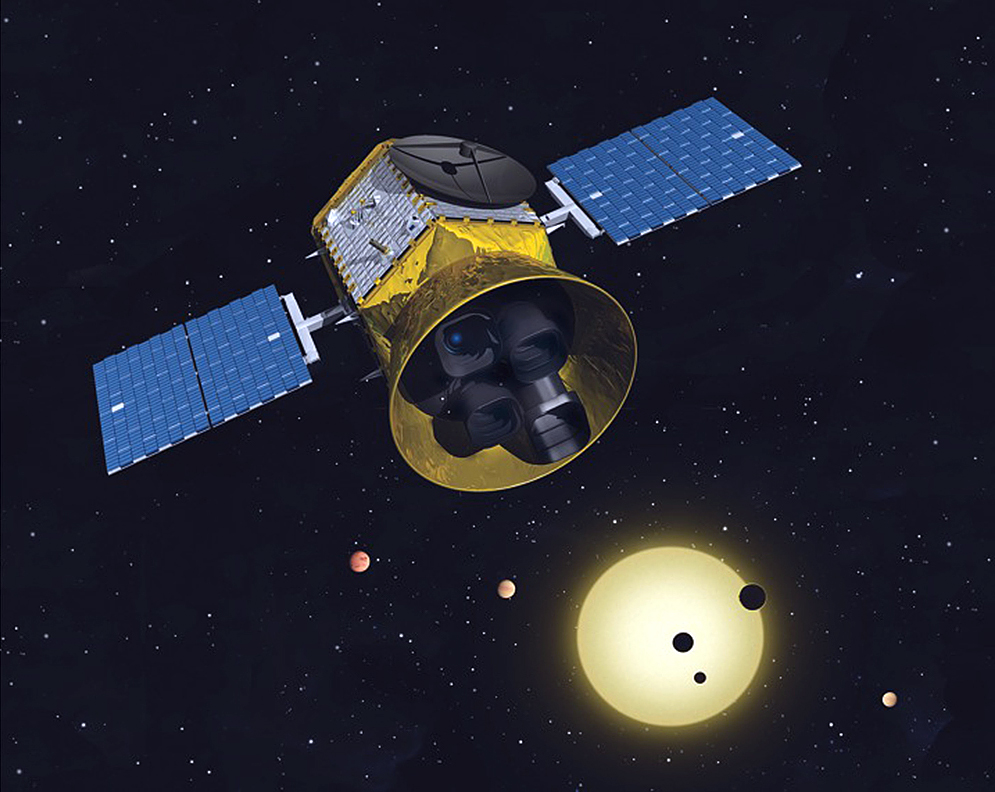
The discovery of thousands of exoplanets in recent years is one of the most exciting developments in space exploration, and the future promises the detection of thousands more. Many of those have come from the Kepler Space Telescope, including Earth-sized planets in the habitable zones of their stars, but that mission will soon be coming to an end as the telescope runs out of fuel. But not to worry, it will be replaced by the next generation of planet-hunting space telescopes. The next one of these, the Transiting Exoplanet Survey Satellite (TESS), will be launching much sooner than Kepler ends – this coming Monday in fact, on April 16. TESS will further revolutionize our knowledge of these far-off worlds.
FOLLOW OUR TESS LAUNCH TRACKER FOR UPDATES AND LIVE COVERAGE ON LAUNCH DAY!!!
The mission is scheduled launch atop a virgin SpaceX Falcon-9 rocket from Cape Canaveral AFS Launch Complex 40 in Florida at 6:32pm EDT. Virgin as in the rocket is not flight-proven and therefore did not launch any missions previously, something SpaceX has been doing more and more over the last year. The company does however intend to land the booster on their offshore drone ship shortly after liftoff, with the intent to reuse it for the upcoming NASA CRS-15 Dragon resupply mission to the ISS as soon as June 2018.
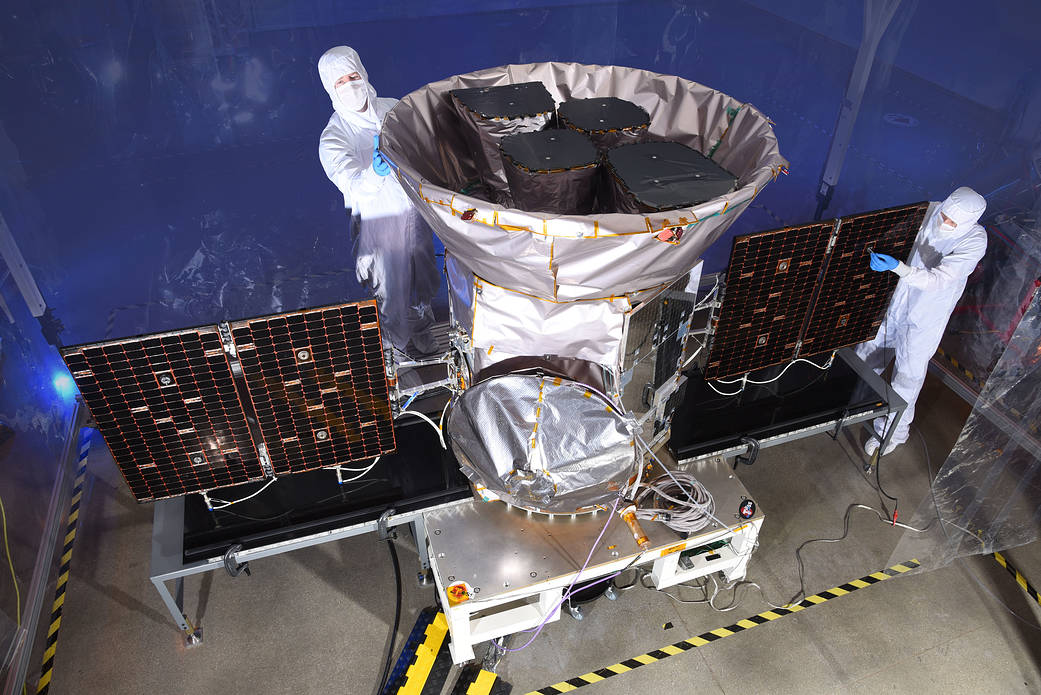
The U.S. Air Force 45th Space Wing predicts good weather for launch too, with an 80% GO forecast; liftoff winds will be the primary concern. The launch window extends until June 2018.
Orbital ATK designed, manufactured, integrated and tested the planet-hunting spacecraft, which was awarded to them by NASA in 2013.
So just why is TESS so important? Kepler focused on a small patch of the sky, detecting exoplanets very far away. TESS, however, will conduct a sky-wide survey, looking at the nearest and brightest stars; TESS stars will be 30-100 times brighter than those surveyed by Kepler, and can cover an area 400 times larger than what Kepler covered. In doing so, TESS aims to discover not just exoplanets, but specifically seeks to identify habitable, Earth-like worlds
. Over at least two years, TESS will survey more than 200,000 stars, and will be able to find many new exoplanets orbiting these stars, including Earth-sized and super-Earth-sized (larger than Earth but smaller than Neptune), which are now known to be the most common in our galaxy. Later upcoming space telescopes, such as the James Webb Space Telescope (JWST), will be able to then study these planets further and analyze their atmospheres for possible signs of life.
“TESS is opening a door for a whole new kind of study,” said Stephen Rinehart, TESS project scientist at NASA’s Goddard Space Flight Center in Greenbelt, Maryland. “We’re going to be able study individual planets and start talking about the differences between planets. The targets TESS finds are going to be fantastic subjects for research for decades to come. It’s the beginning of a new era of exoplanet research.”
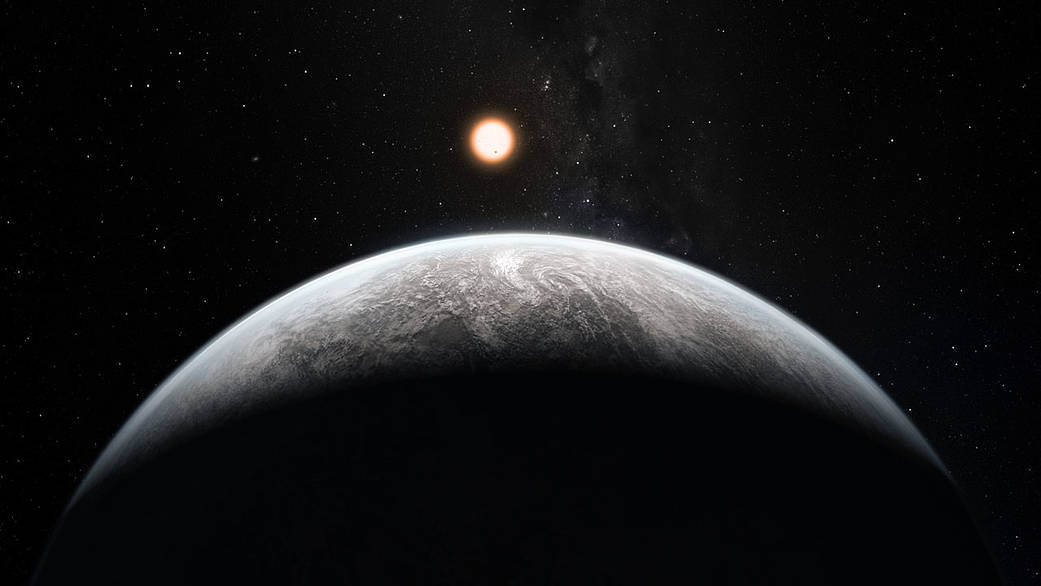
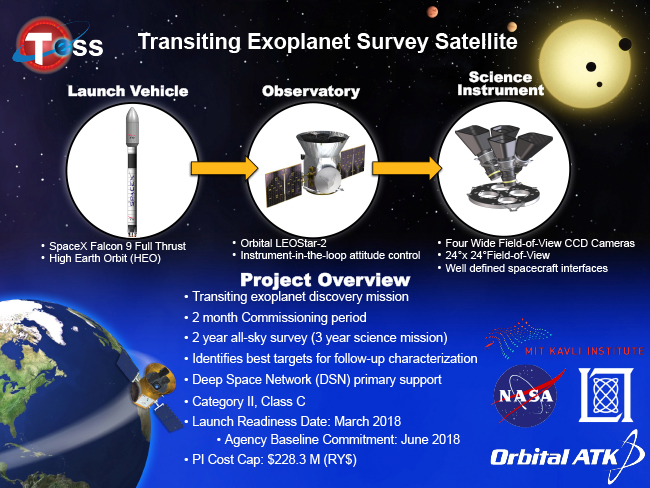

The main objective of the mission is to find smaller rocky planets, like Earth, orbiting closer stars in the solar neighborhood. It is anticipated that TESS will discover more than 3,000 planetary candidates and about 500 Earth-sized or super-Earth-sized worlds.
“TESS should discover thousands of new exoplanets within two hundred light years of Earth,” said TESS Principal Investigator George Ricker of the Massachusetts Institute of Technology in Cambridge, Mass. “Most of these will be orbiting bright stars, making them ideal targets for characterization observations with NASA’s James Webb Space Telescope.”
Although Kepler and other telescopes have discovered over 3,500 exoplanets so far, most of them are very distant, making it difficult to learn more about their compositions, atmospheres, etc. TESS, however, will be able to study the planets’ mass, radius, orbit, planet-planet interactions, mutual inclinations, moons, tides and atmospheric composition and structure, including transmission spectrum, emission spectrum, albedo, phase function, clouds and winds.
TESS will complete two orbits around Earth every time the Moon orbits once, allowing its cameras to monitor each patch of sky continuously for nearly a month at a time. TESS will reach its final orbit about 60 days after launch.
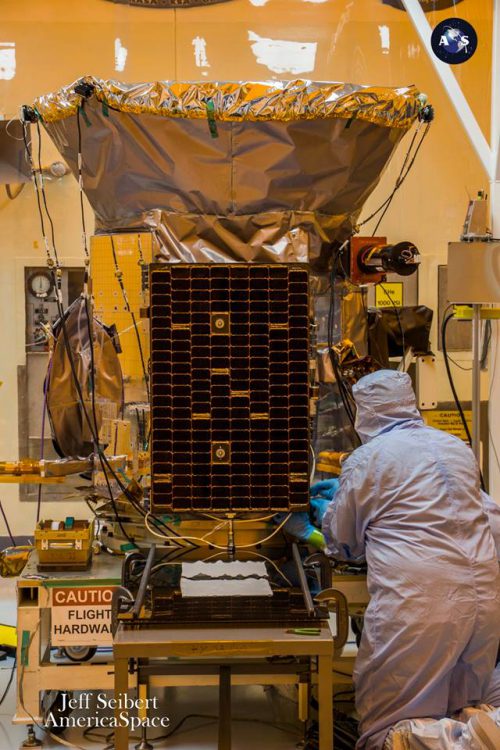
“That’s our first Falcon from the East Coast, for our program,” said Chuck Dovale, deputy manager of NASA’s Launch Services Program at Kennedy Space Center. “It’s a big step for us.”
Picking up where Kepler leaves off, TESS will begin a new era in exoplanet science, perhaps helping to answer the age-old question – “Are we alone?”
“This unique new data will comprise a treasure trove for astronomers throughout the world for many decades to come,” Ricker said. As TESS Project Manager Jeff Volosin at NASA’s Goddard Space Flight Center in Greenbelt, Md. also eloquently noted, “I’m still hopeful that in my lifetime, we will discover the existence of life outside of our Solar System and I’m excited to be part of a NASA mission that serves as a key stepping stone in that search.”
FOLLOW AmericaSpace on Facebook!
.
SaveSave




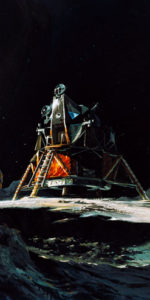
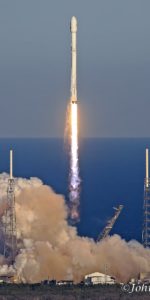
WOW A GREAT MOvE FOR MANKIND I HOPE ALL GOES WELL FOR TESS SO MUCH BENEFIT TO BE HAD FROM THIS ADVENTURE SO go mankind
A great journey of infinite discovery, perhaps the best path for all humanity.
Live long and prosper Tess!
Other Earths? They’re out there. We’ll find them! Good luck, TESS!
Space Exploration going forward…awesome…yes, a matter of time, but before it finds something, will alien encounter finds TESS first? You never know?